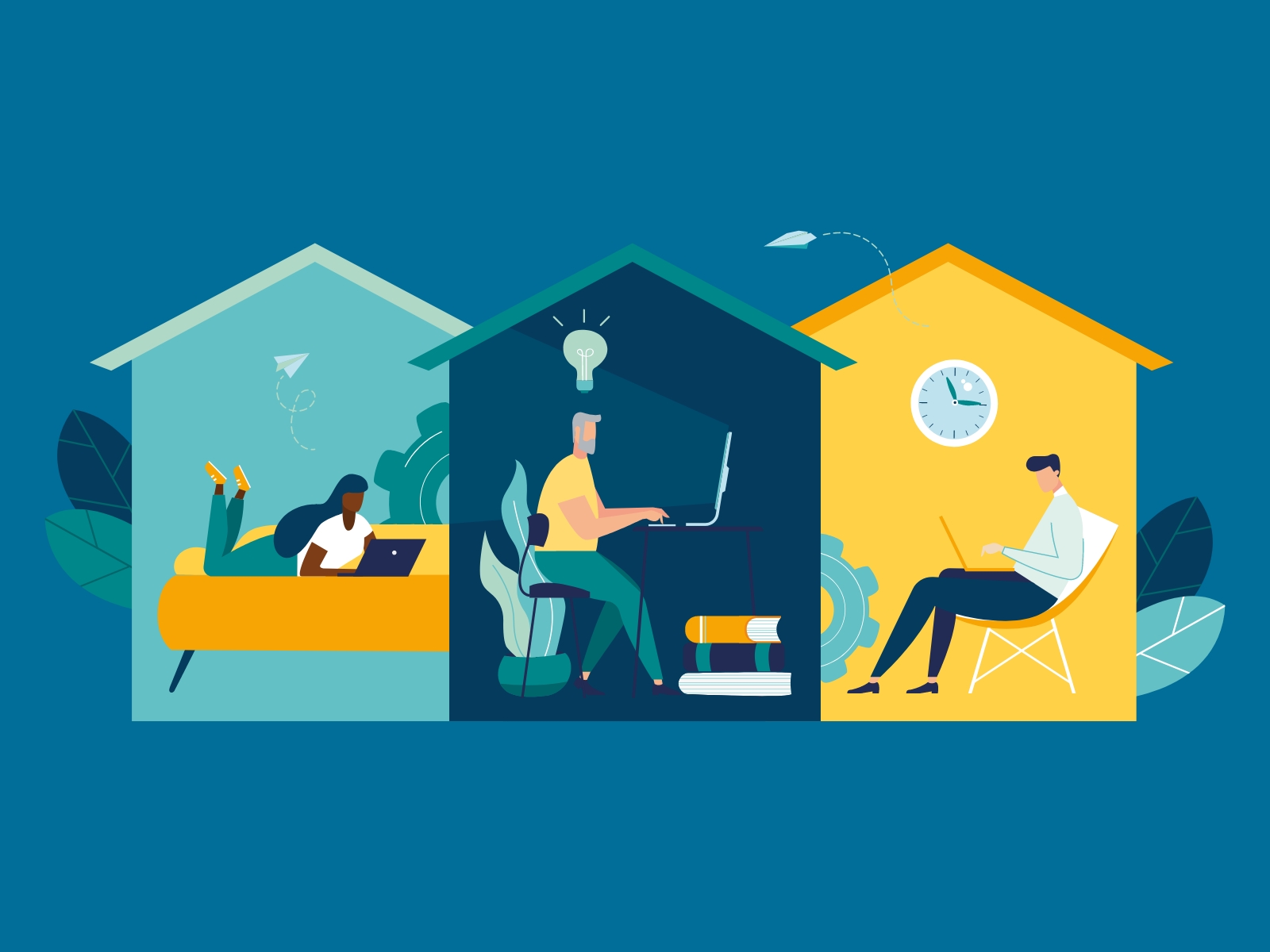Since the onset of the Covid-19 pandemic, the debate around remote working has been very lively. Two years on, many now want a return to 2019 levels of office attendance and on-site collaboration, while others are delighted that the opportunities and benefits of working from home -- or indeed anywhere -- have never been greater.
This conversation would not have been possible five to ten years ago. Now, with the advances made in technology, today's discussions are often around the question: “If you could do your job from anywhere, where would that be?”
There are lists published frequently that detail the ‘top ten cities for working remotely’; but how realistic is it to decide to go live and work from somewhere else of your choosing?
Remote Work can mean so many things:
- The work-from-home aspect that the majority of employees have experienced and/or are still experiencing today.
- Employees applying for a job (internal or external) in a different location with the intention to perform that job remotely, from home.
- The work-from-anywhere aspect where an employee moves to another location while maintaining their job in what used to be their home location.
In most cases, work-from-anywhere means working from anywhere for a limited period of time; however, there are cases where the employee will relocate permanently and where a compensation assessment is needed. This series will focus on these latter cases and provide great examples of how cost of labor and cost of living are not aligned, and what it takes to bridge the gap.
Organizations looking to support remote work anywhere should consider the following:
- Can employees only choose locations where you have a legal entity and payroll capabilities?
- What does remote work mean for your organization’s culture?
- Will you compensate remote workers differently than their on-site peers?
- Is remote work a talent acquisition strategy for your organization?
- For how long can someone work remotely?
- What support (if any) will you provide to new and existing employees looking to work remotely?
Whichever home/host route is under consideration, any remote work request and its impact on the wider organization should be weighed up against a checklist of items from legal, compliance, compensation, security, team collaboration, talent, and future plans for the employee.
This series of AIRINC case studies will focus on the relativities of remote work across various regions of the world. Look out for our next blog as we dig into the detail.




%20(59)%20(1).png)
%20(31).png)
%20(25)%20(1).jpg)

